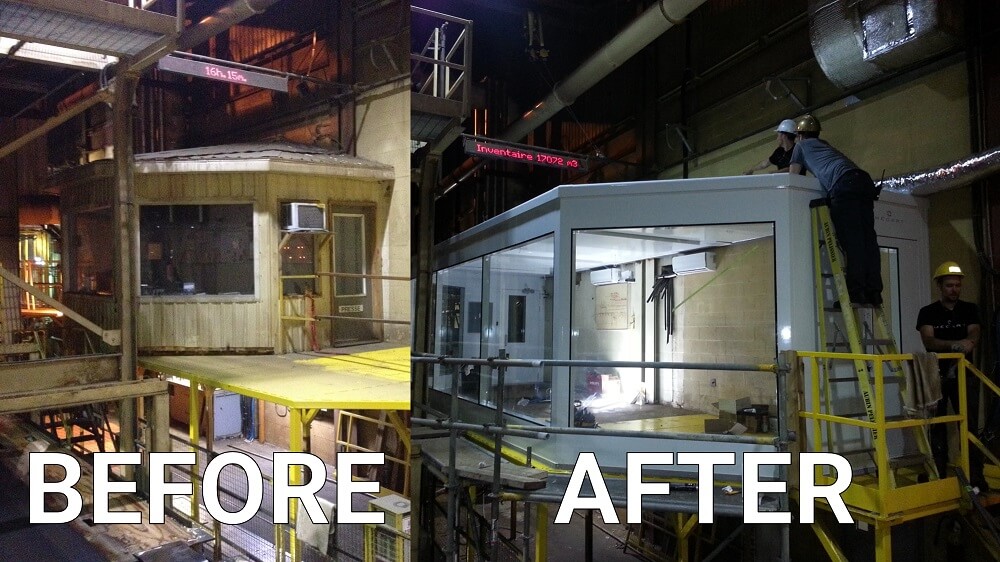


The polyimide foam has similar characteristics to the melamine but costs 10 to 12 times as much, and is not as hydrolytically stable.įilm facing will reduce overall absorption at higher frequencies. The melamine required only 40% the weight of a comparable urethane, costs 30% more, and has no smoke or toxic by-product of combustion. Newly developed melamine and polyimide cellular materials offer significant advantages over traditional urethanes in many respects. Generally, they are film faced or bagged to prevent the fibers from being dislodged and causing problems in air-handling systems or rotating machines when bearings or other components could prematurely wear out if they became contaminated. These are applied as blanket or semirigid sheets which can be cut to shape. Common fibrous material are fiberglass, mineral wool, and ceramic. Absorption materials are generally either fibrous or cellular. These are absorption, barrier, dampers, and gasketing materials.Ībsorption material: A good candidate will "soak up" airborne sound-energy waves by changing the wave energy into heat as it passes through the absorption medium. When trying to control noise in any type machinery, designers generally end up employing some, if not all, four elements of noise control. For example, when the exhaust is louder than the air intake on a gas or diesel engine, reducing the air intake noise gains little noise reduction until a properly sized muffler is installed. This is most important because if lower-level noise contributors are silenced first, this will not reduce the overall level. Once the sources have been identified and quantified, they can be ranked by how each contributes to the overall noise level. This can be done with a combination of instruments: a Type I 1/3-octave band sound-level meter, a sound intensity analyzer, and if there may be significant structural-borne noise, by model analysis of various components. In order to control noise, designers must first determine where the noise source or sources are how much each is contributing to the overall level, and their frequency signatures.


 0 kommentar(er)
0 kommentar(er)
